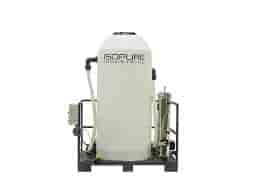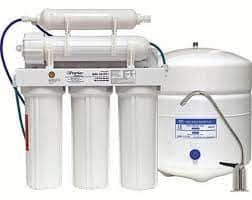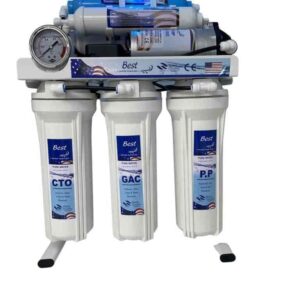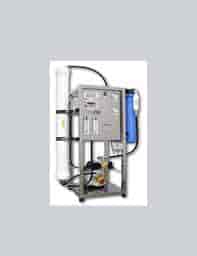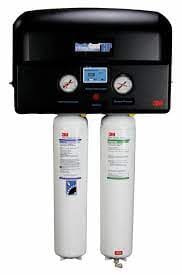RO CIP System
Buy on whatsappDescription
Introduction
In the realm of water treatment, reverse osmosis (RO) has become a widely adopted technology for producing high-quality water. To ensure the longevity and efficiency of reverse osmosis membranes, proper maintenance and cleaning are essential. This is where the RO Clean-In-Place (CIP) system plays a vital role. In this comprehensive guide, we will delve into the details of the RO CIP system, exploring its significance, components, and the step-by-step process of Clean-In-Place.
1. Understanding the RO CIP System
The RO CIP system is specifically designed for effectively cleaning and maintaining reverse osmosis membranes. Its primary purpose is to remove foulants, scaling, and other impurities that can accumulate on the membrane surface over time. By utilizing a combination of chemicals, water, and pressure, the CIP system restores the membrane’s permeability and overall performance.
2. Components of an RO CIP System
A typical RO CIP system comprises several key components that work in harmony to carry out the cleaning process. These components include:
- CIP Skid: The CIP skid serves as the central unit of the system, housing various pumps, tanks, valves, and instruments necessary for the CIP process.
- Cleaning Chemicals: Specific cleaning chemicals, such as cleaning agents and disinfectants, are used to effectively remove foulants and disinfect the system.
- Control Panel: The control panel allows operators to monitor and adjust the CIP system’s parameters, ensuring optimal cleaning conditions.
- High-Pressure Pump: The high-pressure pump generates the necessary pressure to deliver cleaning solutions throughout the system and across the RO membrane.
- Membrane Cleaning Tank: This tank stores the cleaning solution mixed with water, which is then pumped through the membrane in a controlled manner.
3. The Clean-In-Place (CIP) Process
The Clean-In-Place process involves several sequential steps to ensure a thorough cleaning of the RO system. These steps include:
Step 1: Pre-Cleaning Preparation Before initiating the CIP process, it is crucial to prepare the system. This involves isolating the RO membrane, closing valves, and connecting the CIP system to the membrane housing.
Step 2: Flushing and Drainage The system is flushed with clean water to remove any remaining debris and impurities. The RO membrane is then drained to prepare it for the cleaning solution.
Step 3: Chemical Cleaning The cleaning solution, tailored to the specific foulants, is circulated through the RO membrane at a controlled flow rate and pressure. This allows the solution to dissolve and remove foulants effectively.
Step 4: Soaking and Agitation In some cases, soaking the RO membrane in the cleaning solution can enhance the cleaning process. Agitation mechanisms, such as air bubbles or physical movement, help dislodge stubborn deposits.
Step 5: Post-Cleaning Rinse After the cleaning process, the membrane is thoroughly rinsed with clean water to remove any residual chemicals and ensure system readiness for operation.
Step 6: System Integrity Check To verify the effectiveness of the cleaning process, the system integrity is checked by measuring key parameters, such as permeate flux and salt rejection.
4. Benefits of RO CIP Systems
Implementing an RO CIP system offers several advantages, including:
- Enhanced Performance: Regular cleaning ensures optimal performance and extends the lifespan of the RO membranes, leading to consistent water quality.
- Reduced Fouling: By effectively removing foulants, scaling, and impurities, the CIP system minimizes the chances of membrane fouling and maintains system efficiency.
- Cost Savings: Proper maintenance through CIP systems reduces the frequency of membrane replacement, resulting in cost savings in the long run.
- Increased System Availability: Reduced downtime due to cleaning and improved system availability contribute to uninterrupted water treatment operations.
5. Conclusion
RO CIP systems are crucial for maintaining the efficiency and longevity of reverse osmosis membranes in water treatment operations. By following the step-by-step CIP process, operators can ensure optimal performance, reduce fouling, and achieve cost savings. Implementing an RO CIP system is a wise investment that pays off in terms of consistent water quality and increased system availability.
Remember, the key to a successful RO CIP system lies in understanding the process, selecting the appropriate chemicals, and following a regular maintenance schedule.

